
(08 - 15 Dec. 2014)
Ice drift
The ice camp moved about 39 nautical miles (72 km) during the week (Fig. 1). The ice drift was in general southward along the slope of Lomonosov Ridge facing the Makarov Basin. The surface air pressure pattern during the week was a high extending from the East Siberian Sea to the Beaufort Sea with relatively weak gradients towards the Pole giving us calm weather (wind speeds < 7 knots from the west) Monday through Friday and a little higher (<16 knots) during the weekend.
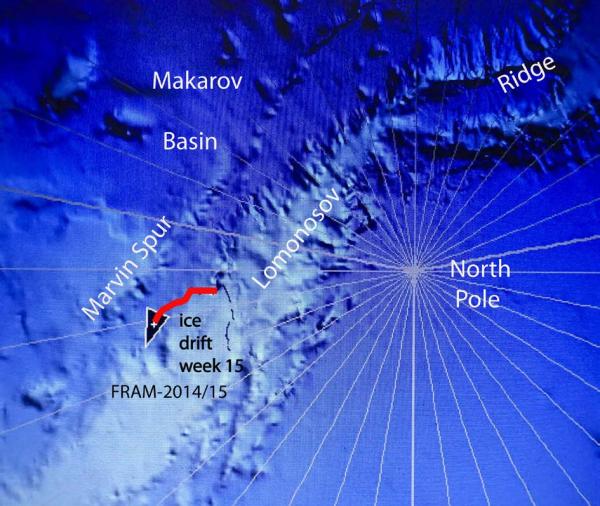
Fig. 1 Drift track of FRAM-2014/15 over Lomonosov Ridge during week 15
Sea ice dynamics
No known ice movements affected our neighborhood this week.
Camp life
Temperatures were below - 30° C Monday through Friday, but 5-10° C (- 23° C to - 27° C) warmer during the weekend.
Three and a half week after the last camp disruption, we could resume our scientific duties. There is still more cargo and fuel to be moved as we go along. The new work space over the hydro hole is 2.5 m x 3 m, has an inner shell of a mixture of plywood and tarps and a surrounding 2 meter high lee wall of snow blocks (Fig. 2). Covered annexes include the deck space with the compressor and also an addition on the ice for the sauna.
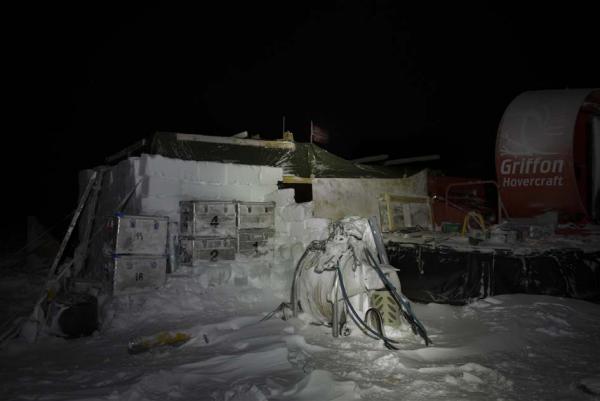
Fig. 2. The new work space over the hydro hole.
Audun has finally made the sauna operational and tested it out on Sunday. Past camp disruptions and the need to prioritize had left the project unfinished up until now. A cut-off hot water tank serve as reservoir where the snow is melted and the water heated to the right temperature (Fig. 3). The water is fed to a regular shower head by a small pump and the result is a shower no different from the bath room at home.
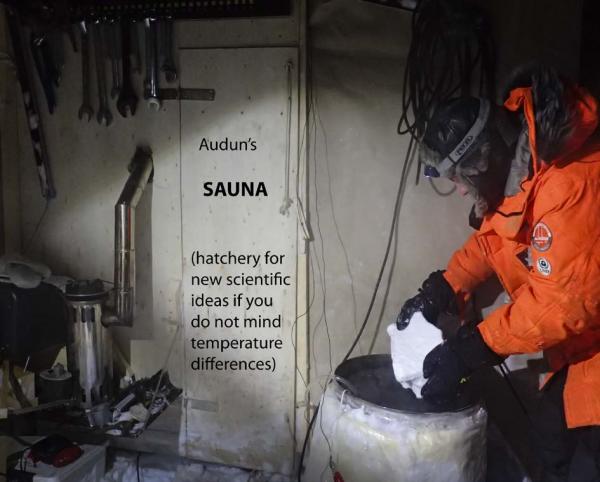
Fig. 3. Audun putting snow into the hot water tank.
Science
This week, the following suite of continuous measurements has been operating during build-up of the new camp:
Bathymetry and sub-bottom profiling:
- two active autonomous echo sounder buoys reporting to shore via Iridium
Oceanography:
- two Aanderaa current meters at 800 and 1050 meter depth, respectively
.
Atmosphere: (from Friday)
- measurement of incoming and outgoing radiation from the ice surface
- surface infrared skin temperature
- sun time
- Aanderaa weather station
We are finally back on track to get more science done. The fact that our drift track once again was approaching the slope of Lomonosov Ridge on the Makarov Basin side, presented a dead line to resume seismic reflection measurements. Failure to do so would be an inexcusable defeat. This slope is considered to represent the polar continental margin of Europe before c. 60 million years ago, and the bathymetric through along the foot of slope holds a clue as to how the oldest part of the Arctic Ocean was formed. It did not take long before acoustic evidence of sediment deformation of the deeper strata showed up on the monitor, once seismic profiling got underway. Along-slope continuity of acoustic reflections was replaced by a chaotic pattern of families of hyperbolic diffractions. In places, the sub-bottom topography is due to sediment deformation, later capped by a 0.3 sec. thick sediment drape. This is certainly not the acoustic characteristics of a rifted continental margin. Shear motion is very difficult to define acoustically apart from features such as folds, thrusts and acoustic "flower structures". To the best of our knowledge, this is the first documentation of deformation along the lineament represented by the trough between Lomonosov Ridge and Marvin Spur, a possible Mesozoic shear boundary. Crossings by Soviet ice drift station NP-28 in 1988 lacked the seismic resolution (one shot pr. 0.5 km), and a short line segment on the south side acquired by Polarstern accompanied by a nuclear icebreaker in 1998, apparently did not capture deformation features.
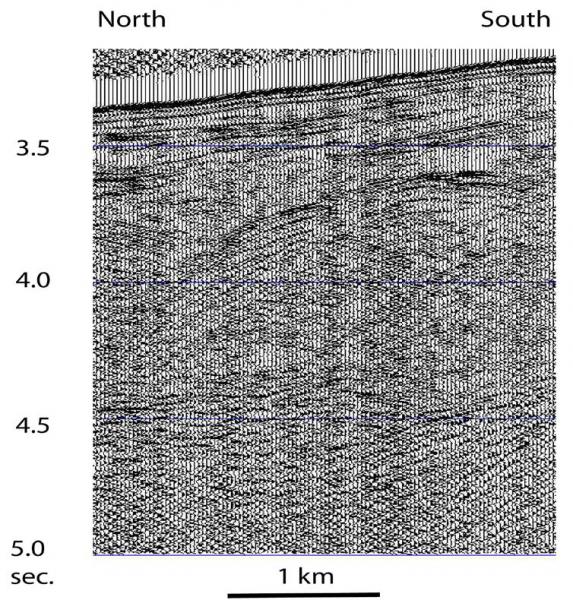
Fig. 4. Sample of monitor record showing a chaotic pattern of diffractions interpreted as evidence of sediment deformation.
The un-named polar fox (Fig. 5), shows up at dinner time almost regularly, apparently expecting some form of treat from Audun. We are curious as to how long he will stay around when we later start to drift towards the Fram Strait. In an e-mail to us, David Mosher, Chief Scientist on the Canadian icebreaker expedition this summer, reports the sighting of a polar fox at 86° N.
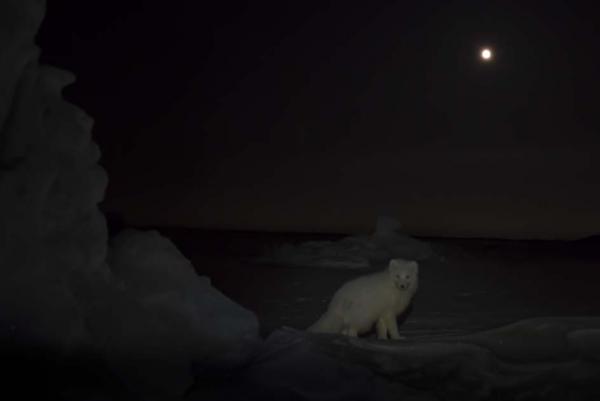
Fig. 5. The polar fox under the full moon
The moon went below the horizon on Sunday and we will enjoy complete darkness for the next 17 days.
We have been informed that every effort is made for the FRAM-2014/15 cargo to arrive Andøya air base no later than 18 December in time for the resupply flight by an Orion plane from the 333 Sq. of the Norwegian Air Force
Life is treating us well.
Yngve Kristoffersen & Audun Tholfsen
Daily reports
Monday 08 December.
Position: 88° 22.3' N, 85° 11' W, temperature - 34° C, air pressure 1027 hPa, wind 4 knots from N. Ice drift 0.5 knots towards west. We worked on building new work space; putting on the roof and building enclosing lee walls of snow blocks. The sauna is housed in an annex. The 24-hour full moon makes a very special out- door working environment.
Tuesday 09 December..
Position: 88° 21.50' N, 85° 02' W, temperature - 32° C, air pressure 1017 hPa, wind 5 knots from the N. Ice drift 0.0 knots. Continued moving equipment and fuel to the new camp area. Our current fuel inventory is about 8 tons. Penetrated the final thin layer of ice left at the bottom of the hydro hole. E-mailed orders for smaller items and spare to be air dropped.
Wednesday 10 December.
Position: 88° 21.0' N, 84° 55' W, temperature - 30° C, air pressure 1017 hPa, wind 5 knots from the N. Ice drift 0.1 knots towards south. Moved more equipment from the abandoned camp to the new camp. Continued to improve the work space.
Thursday 11 December
Position: 88° 19.9' N, 84° 02' W, temperature - 26° C, air pressure 1016 hPa, wind 7 knots from the N. Ice drift 0.1 knots toward south-southeast. Moved more equipment to the new camp. Heated the hydraulic oil reservoir and started the compressor. Deployed the hydrophone through a 75 mm plastic pipe filled with anti- freeze.
Friday 12 December.
Position: 88° 18.7' N, 83° 17' W, temperature - 33° C, air pressure 1016 hPa, wind 4 knots from NNW. Ice drift 0.2 knots towards southeast. Got the air gun in the hydro hole and started seismic reflection measurements. Audun determined and marked directions for north and south. Put the radiation flux instrument mast to a new location and also the weather station. Moved more equipment to the new camp area.
Saturday 13 December.
Position: 88° 10.4' N, 82° 04' W, temperature - 23° C, air pressure 1008 hPa, wind 18 knots from the NNW. Ice drift 0.4 knots towards south. The air gun stopped in the early morning. Also, the hydrophone signal got swamped by noise trains. Serviced the air gun and also the air pressure reduction valve. Resumed seismic shooting at 1830 hours. Ambient noise level still too high, pulled the hydrophone to just below the underside of the ice to obtain good results.
Sunday 14 December.
Position: 88° 06.3' N, 80° 54' W, temperature - 27° C, air pressure 1013 hPa, wind 16 knots from the NW. Ice drift 0.3 knots towards the southeast. We are moving along the
foot of slope on the Makarov Basin side and are getting excellent seismic reflection data.
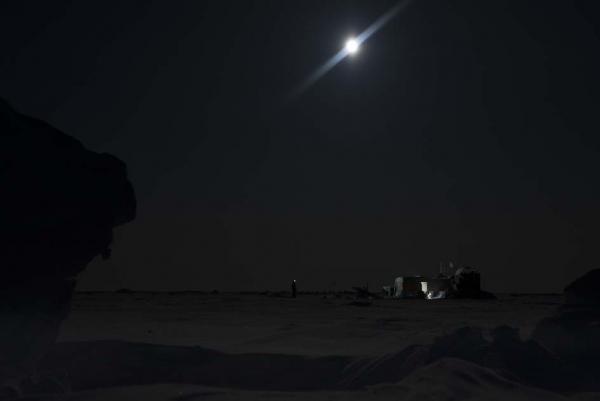
The FRAM-2014/15 ice camp under the full moon
All photos by Audun Tholfsen

